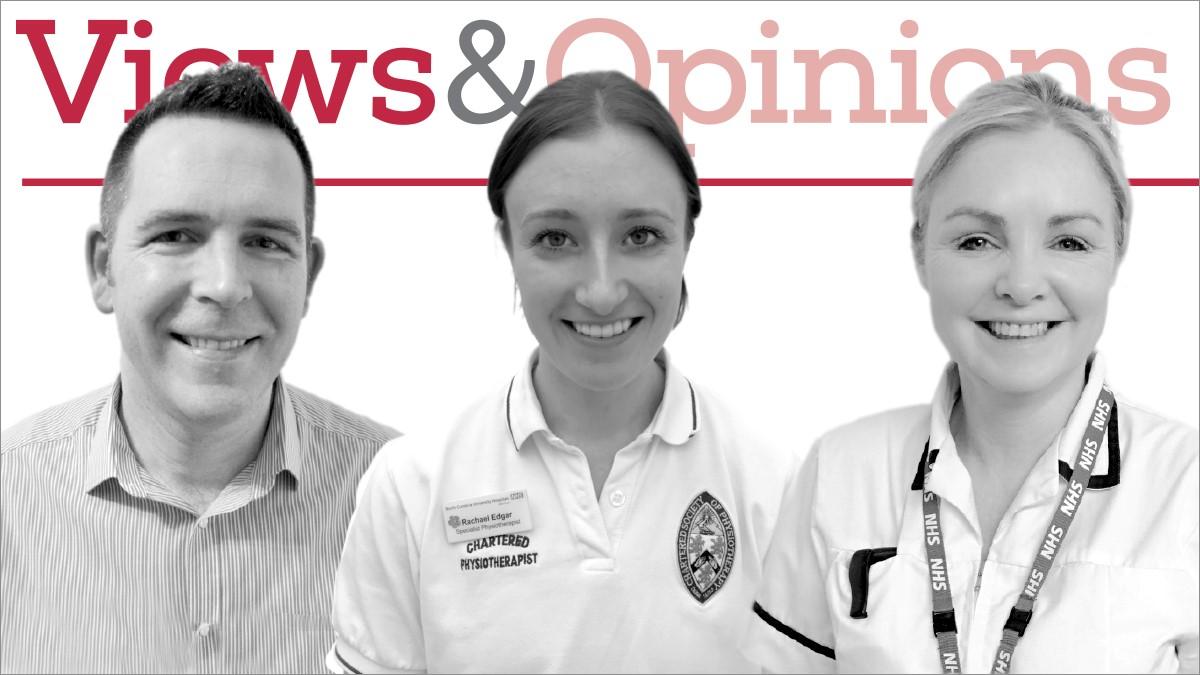Rachael Edgar explores the value of using imaging to aid understanding and diagnosis in different disciplines of physiotherapy practice

Within physiotherapy, radiology can be helpful in specialities such as musculoskeletal and respiratory practice. Images are useful for a variety of reasons including diagnosis and severity, anatomical variations and areas of lung consolidation or collapse, and this information can assist with clinical reasoning and selection of treatment modalities, for example, to indicate lung capacity or where to most effectively position a patient for sputum drainage. Images can also give a more thorough visual understanding of the extent of lung consolidation or fibrosis.
In stroke rehabilitation, imaging can be used in several ways. It is important that physios working in stroke develop a thorough understanding of anatomy and physiology of the brain and its structures. Regularly observing head scans will improve knowledge of neurological anatomy through exposure and an appreciation of ‘normal’ appearances. Applying visual appearance of head scans to clinical presentation can improve ability to link expected symptoms to area of brain lesion.
Head scans include computed tomography (CT), magnetic resonance imaging (MRI), CT angiogram (CTA) or magnetic resonance angiogram (MRA). Observing radiologic images makes it possible to establish and appreciate the size and location of a brain lesion, and indicates the integrity and effectiveness of the collateral circulatory structures. This information could be used prognostically. Head scans often reveal comorbid conditions, including small vessel disease, chronic lesions and atrophy which can be indicative of brain health, relative age and potential or ‘space’ for neuroplastic changes to be made.
Concurrently, increased knowledge of and ability to interpret images is helpful for professional development and could lead to increased clinical responsibility. With the demand on specialist stroke units and stroke consultants in the UK, other professions are increasingly stepping-up and taking some responsibility for basic medical care. It may become necessary for, for example allied health professionals (AHPs), nurse consultants and advanced clinical practitioners (ACPs) to develop knowledge and skills around imaging to be able to order and interpret scans, while reviewing patients under the direction of a medical team.
As a stroke and neuro rehab physiotherapist with a keen interest in radiologic imaging, I will be delving into examples of normal and abnormal images, how to interpret these and how they may be significant prognostically. I will also consider the value to patient care of image interpretation courses for AHPs. Development of a national competency framework for AHPs, nurse consultants and ACPs, for ordering and interpretation of head scans would also need to be considered.
- Rachael Edgar is a specialist stroke and neuro rehab physiotherapist at North Cumbria University Hospitals Trust
Number of subscribers: 2




































